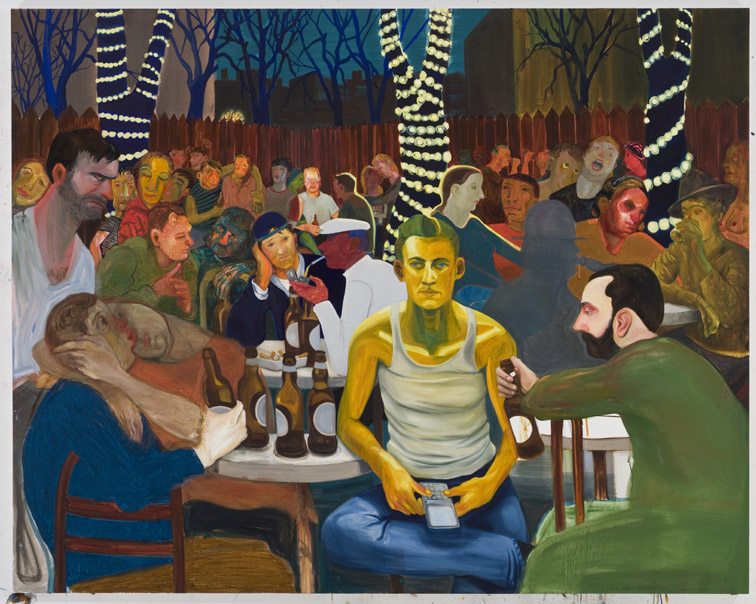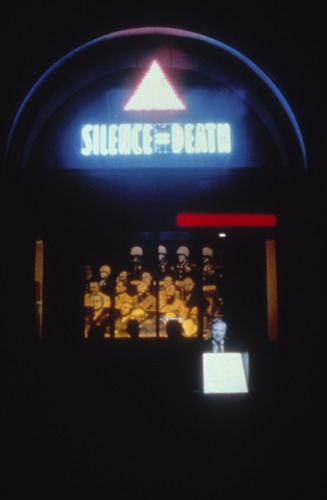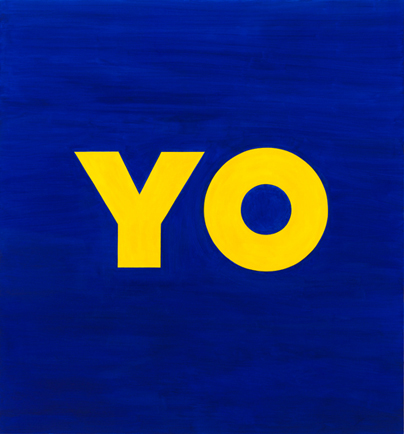As queer artists and writers, we must negotiate between many kinds of silence and many kinds of speech.
“Silence itself—the things one declines to say, or is forbidden to name, the discretion that is required between speakers—is less the absolute limit of discourse, the other side from which it is separated by a strict boundary, than an element that functions alongside the things said, with them and in relation to them within over-all strategies. There is no binary division to be made between what one says and what one does not say; we must try to determine the different ways of not saying such things, how those who can and those who cannot speak of them are distributed, which type of discourse is authorized, or which form of discretion is required in either case. There is not one but many silences, and they are integral parts of the strategies that underlie and permeate discourses.”
Michel Foucault talkin’ about talkin’ about sexuality in the History of Sexuality: An Introduction.
What happens when something or someone is called out; when a word is latched onto an image? What is gained? What is lost?
(“What’s in a name?”)
Gregg Bordowitz: “But words are also images, and both are constituent parts of a larger picture registered and held by sensory experience.”
In explaining the Greek roots of the word ekphrasis, a professor of mine broke it down to ek, connoting “out,” and phrasis, meaning “speech.”
Ekphrasis—“the graphic description of a visual work of art”—thus defined, comes to mean: out speech.
Are we performing a kind of ekphrasis each time we come out? In a sense, yes: we’re describing and identifying ourselves – claiming a word and all the history it comes with.
“‘Ekphrastic indifference’ … grows out of a commonsense perception that ekphrasis is impossible.”
“‘Ekphrastic hope: This is the phase when the impossibility of ekphrasis is overcome in imagination or metaphor, when we discover a ‘sense’ in which language can do what so many writers have wanted it to do: ‘to make us see.'”
“‘Ekphrastic fear’: This is the moment of resistance or counterdesire that occurs when we sense that the difference between the verbal and visual representation might collapse and the figurative, imaginary desire of ekphrasis might be realized literally and actually.”
(Taken from W.J.T. Mitchell’s Ekphrasis and the Other)

David Wojnarowicz. "Untitled from the Ant Series (Eye with Ant)," 1988-1989. Gelatin silver print, courtesy PPOW.
“The place of homosexuality within modern art cannot be confined to biographical facts or pictorial subtexts, to private messages or secret codes that need only to be cracked by the attentive art historian. Rather, the relation between homosexuality and modern art must be charted as a dialectic between historical possibility and constraint, between public discourse and private knowledge, between the visual image and that which lies beyond boundaries of the imaginable at a given moment.”
Courtesy of Richard Meyer, Outlaw Representation, a book exploring censorship and queer art in the twentieth century: How can censorship be productive?

Lari Pittman. "Fado," 2011. Acrylic, Cel-Vinyl, and aerosol lacquer on gessoed canvas over panel. Courtesy the artist and Gladstone Gallery.
What happens when we describe the artist’s work in relation to her or his queerness?
What happens when we do not speak of it?
What does seeing art in the framework of sexuality reveal about it and the culture from which it emerges?

Nicole Eisenman. "Beer Garden with Ash," 2009. Oil on canvas. Courtesy the artist and Leo Koenig, Inc.






